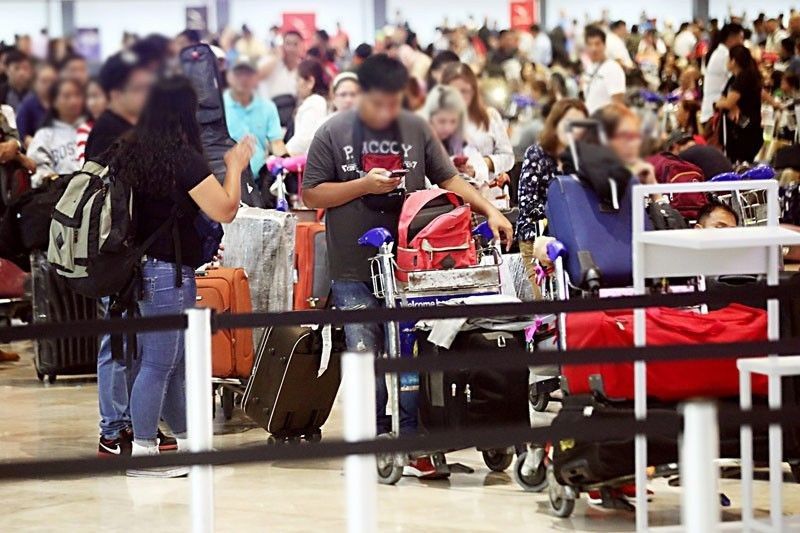Remittances at 3-month low postpone crucial return to growth

MANILA, Philippines— Cash remittances from overseas Filipinos exacerbated their drop month-on-month in January, a shaky start for one of the economy’s brightest performers at the height of pandemic.
What's new
Cash remittances sent through banks shrank an annualized 1.7% to $2.6 billion in January, data from the Bangko Sentral ng Pilipinas (BSP) on Monday showed. The decline was faster than December’s 0.4%, while the total amount remitted was the lowest in 3 months or since October 2020's $2.75 billion.
Similarly, personal remittances, which include hand-carry remittances of those coming home as well as those made in kind, contracted by the same magnitude to $2.895 billion.
Why this matters
Remittances are the Philippines’ top dollar source which account for nearly a tenth of annual gross domestic product. These inflows likewise serve as cushion for Filipino families reliant on them to boost household earnings, support their purchases as well as generate savings.
That remittances fell for the first month of 2021 means they have bigger ground to recover if they are to meet BSP’s expectation of a 4% year-on-year uptick this year. In 2020, cash remittances inched down 0.8%, a rather miniscule dip despite staggering job losses of many overseas Filipino workers, over 320,000 of whom flew back home.
What analyst says
Jeremaiah Opiniano, executive director of the Institute for Migration and Development Issues, a think tank, believes the marginal decrease in remittances in January shows migrant Filipinos countering the depreciating impact of a strong peso on their earnings with larger remittances. Savings are also being tapped by those retrenched, which are likely to get exhausted if they are not rehired.
“Instead of worrying about the ‘fading punch’ coming from Filipino remittances, I would worry more about the welfare of the Filipino migrant and her/his family…Of course they will still send money. But their physical, emotional, and mental conditions run risk of challenging our compatriots abroad during these extraordinary times, Opiniano said in an online exchange.
Other figures
- Cash remittances from land-based workers slowed down by 2.4% in January, while inflows from seafarers grew went up a smaller 1% on-year to $558 million.
- By source, the US remains biggest contributor to total remittances with 40.9% share, partly because Filipinos elsewhere uses US banks to send their money back. America was followed by Singapore, Saudi Arabia, Japan, the UK, Canada, United Arab Emirates, Qatar, Malaysia and Taiwan.
- Latest
- Trending

























